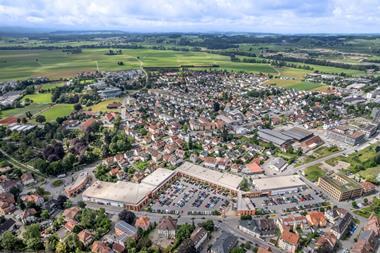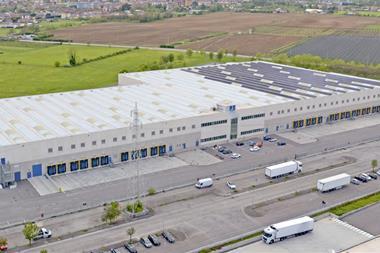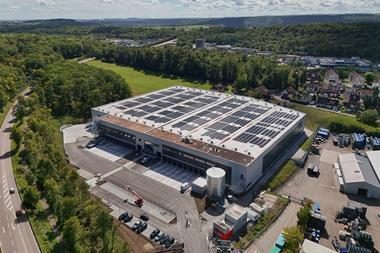GLOBAL - Global investment in commercial property plummeted 59% to $435bn (€335bn) in 2008 and is likely to fall further in 2009, according to Cushman & Wakefield's Investment Atlas 2009 analysis.
North America experienced the largest drop in volumes, falling 73% to $116bn, followed by Europe, falling 52% to $178bn and Asia, down 45% to $131bn. Latin America was the most resilient market, with investments falling only 9% to $9bn.
David Hutchings, head of research for Europe, Middle East and Africa at Cushman & Wakefield, said: "Although virtually all global markets had a decline in investment it's been the mature markets which have suffered most. Emerging markets now account for 22% of global investment when as recently as 2006 they only accounted for 9%."
The United States saw 25% of all global investments in 2008, while China overtook the UK to become the second most-attractive country for commercial property investment with 12% of transactions, leaving the UK in third place with 9% of global investment.
Japan and Germany followed close behind, accounting for 7% of investments respectively. And Russia, India and Brazil increased their share of investments to be included in the top 20.
All commercial property sectors recorded declines in investment levels throughout 2008. In Europe, the office sector was less favoured than the retail and industrial sectors, while the office sectors in North America, Asia and Latin America increased their market share.
Sectors reliant on consumer spending, such as retail and hotels, were hardest hit in North America and Latin America.
The repricing of property was felt most strongly in Europe, beginning in the UK and moving to the US before shifting to the Middle East and Asia.
"It is clear that pricing in many countries at the market peak was aggressive and became divorced from the reality of underlying growth and income that could be produced and sustained," said Hutchings.
"It is equally true, however, that pricing may now be becoming too conservative in some markets, again ignoring the fundamental potential of the underlying market," he claimed.
It is currently emerging markets such as Ukraine, Mexico and Russia that are experiencing the largest yield increases.
Across Europe, however, all sectors have seen significant yield movements. Shops have fared better than offices and industrials, although some retail types like shopping centres and warehouses have suffered greater yield increases.
Europe recorded an average 111 basis point yield shift in 2008 compared to North America, which recorded a 31 basis point yield shift. According to Cushman & Wakefield, this could be closer to 100 basis point however, as the figures are based on a limited number of transactions.
Latin America and Asia were more resilient markets but saw yields rising towards the end of the year. Vulnerable occupational markets, limited debt financing and fewer foreign investments could further increase yields, suggests the firm.
According to the report, opportunity funds are currently the only major active group of investors targeting Asia and the US, as core long-term investors are concentrating on lower-risk sectors or are staying out of the market while rebalancing their portfolios.
Cushman & Wakefield expects to see more investor activity in the second half of 2009, however, it predicts performance will not improve until mid-2010 when yields start to drop in some markets and rental levels start to stabilise.
If you have any comments you would like to add to this or any other story, contact Poppy Sketchley on + 44 (0)20 7261 4629 or email poppy.sketchley@ipe.com












